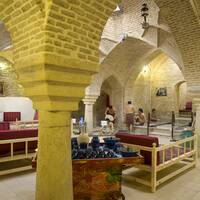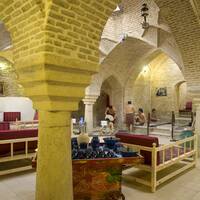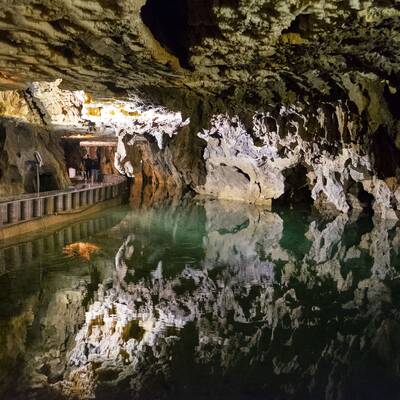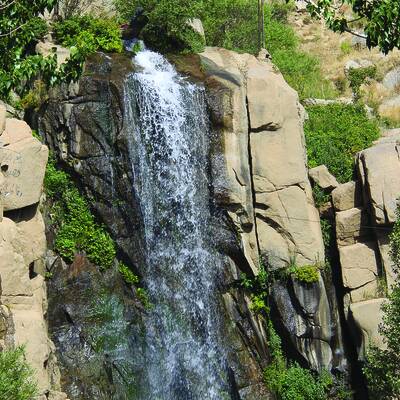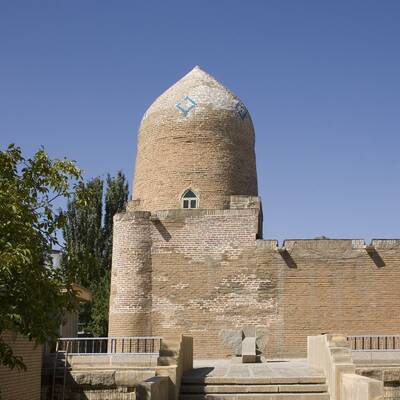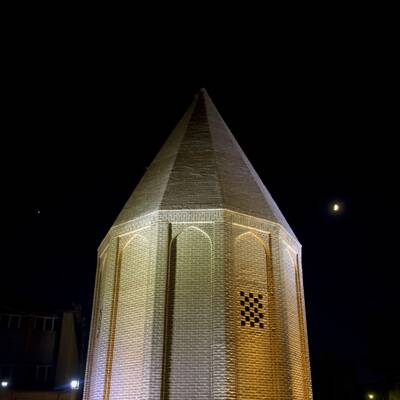Hamedan is one of the ancient cities of Iran and the capital of the first imperial dynasty of Iran, the Medes (c. 678 BC – c. 549 BC). In 2006, Hamedan became the capital of Iranian history and civilization. This city has a mountainous climate in the western part of Iran.
Not only do you get familiar with the culture and customs by walking around the historic neighborhood of Hamedan, but also you can enjoy visiting its historical attractions. The neighborhood of Qaleh or Qashoq Tarashan in Hamedan has the same atmosphere. It is an old and noble neighborhood in which we walk to the Historical Bath of Qaleh (Persian: حمام قلعه). Monuments such as the Baba Taher Mausoleum and Avicenna Mausoleum, The Ancient Site and Museum of Ecbatana, Tomb of Esther and Mordechai, Alavian Dome, and Hamadan Bazaar are located near it. This bath dates back to the late Qajar period. Until recently, it had been opened to the public. In 2008-2009, it was renovated and turned into a museum of anthropology and a traditional restaurant.
This bath is also known as Haj Mohammad Saeed Bath, built at 1700 meters. There is a statue of a man, in front of the door, represented as a person who was responsible for receiving money. You enter the dressing room. There is a large pool in the middle and benches for undressing on both sides, on which there are sculptures that are reminiscent of old baths. Some benches have also been used as a place for travelers and tourists to rest and eat. This bathroom has four columns with a high ceiling and a beautiful arch that is made of brick. It draws the attention of every viewer with beautiful lighting.
The Historical Bath of Qaleh has a square plan with hot and cold baths. First, you enter the cold bath, including the bench and the pool, and then there is the hot bath. Another feature of this bath is two separated parts, one reserved for men and one for women. The bath fireplace is located in the western part, in the men's bath. This monument was registered in the list of national monuments of Iran in 2001.

